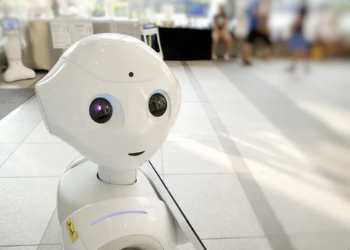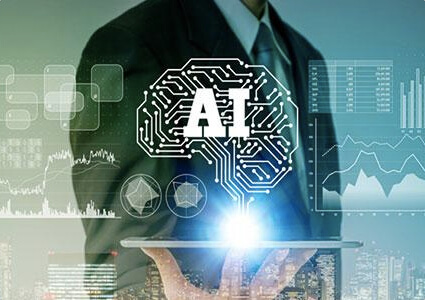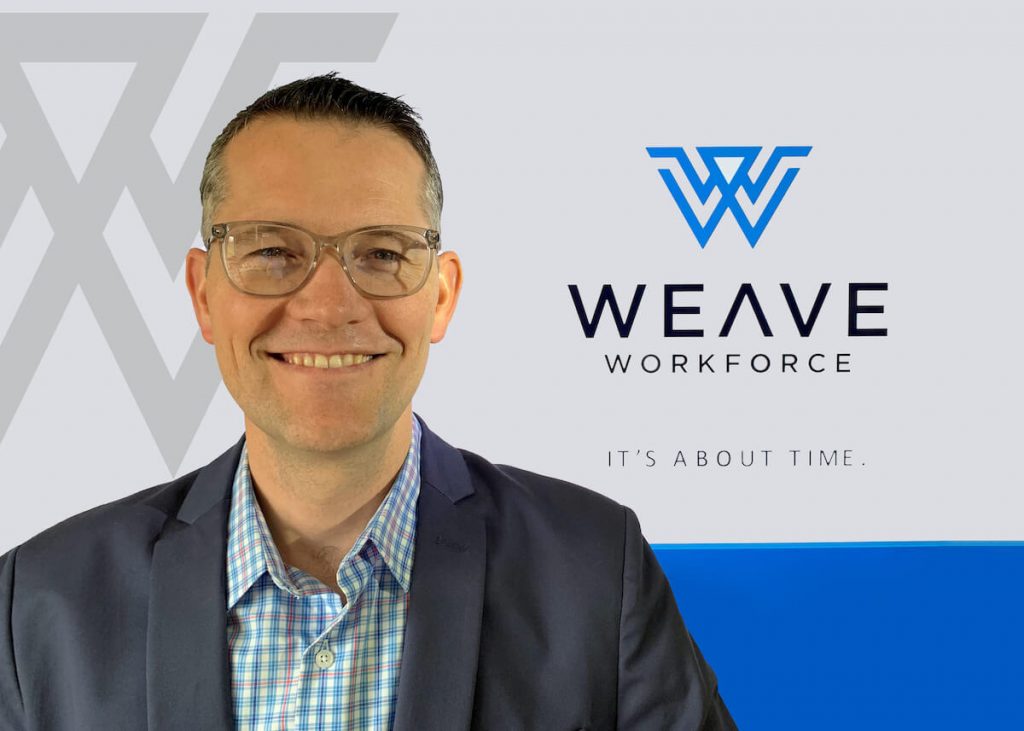Provide Better Customer Service and Achieve a Lower Employee Turnover Rate
You are aware that your business has chronic periods of being short staffed. Your employees are often rushed to assist customers at hand during peak hours, and customers frequently turn impatient due to long wait times or poor service. Now what? How do you go about fixing understaffing issues in a systematic, effective way without increasing the number of employees?
The Answer is Not as Discouraging as One May Think
The solution may seem elusive because demand prediction and accurate scheduling are not easy tasks. Thankfully, new technologies hold the answers to many age-old problems – and applied Artificial Intelligence is a key component to solving employee schedule optimization.
If you think your business is experiencing understaffing but aren’t quite sure how to recognize it, check out my previous blog posts on understaffing symptoms (Why Can’t I Get 5-Star Reviews for my Business?) and understaffing causes (Why Am I Understaffing?).
To correct an understaffed team, managers must view the big picture and realize that scheduling to maximize cost efficiencies does not equate with scheduling the lowest number of staff possible to make it through the shift. A delicate balance needs to be struck between utilizing staff to their fullest potential, without stretching them too thin. Assigned workload should always be manageable to ensure customers and employees have positive experiences. The ideal balance is met when enough employees are on shift to efficiently assist customers without rushed service or long wait times. This delicate equilibrium can be quite challenging to anticipate because it changes throughout the course of the day, week, and year.
Preparation is Key to Determine Appropriate Staffing Levels
In order to find and maintain this balance between staff and demand, managers must build out a robust demand prediction and scheduling process. This upfront time and monetary investment will create long-term returns that are well worth it, because a vigorous system to predict demand is the key to ensuring future schedules will be able to match that demand, and ultimately improve the work environment. The significance of employee and customer satisfaction, and the resulting impact on the overall health of the business are not to be underestimated.
Utilizing AI in this process allows managers to incorporate the effects of control data, previous demand levels, customer feedback, and past staffing levels, to create a robust prediction model.
Processing and Applying an Enormous Amount of Information
Artificial Intelligence can take in and process immense amounts of data that no human can properly analyze in an efficient way. A robust demand prediction engine will for one consider external factors that drive demand – this is called control data. It also examines information about what demand, scheduling, and customer experience have been in the past under various conditions – this is your internal data. Combining these different data points presents a holistic view of demand and what drives it, allowing the AI engine to accurately predict future demand based on these and other variables.
Once future demand becomes clear, it is crucial to schedule the workforce with the forecast close at hand. Accessing and referencing the prediction, including the type of demand expected, allows you to schedule employees with the right skill set at the right time, without increasing workloads beyond a reasonable level. Software that allows managers to access predicted demand and an adjustable schedule built accordingly in the same interface provides the best odds for success in this area.
Continued Learnings and Improvements for the Long Term
The final step in correcting chronically understaffed schedules is to help the system grow better and better with time. One asset of AI is that the more you use it, the more data the system gathers on demand and the better the engine becomes. Making manual, human-driven adjustments teaches the system individual preferences it will eventually incorporate on its own, avoiduing being short-staffed and simultaneously offering improved customer service. Demand prediction and scheduling are in a state of constant change, needing attention and improvement, which is why AI is the best technology available to do so.
Author: Anna Schultz
Anna is Marketing Coordinator at RXA, a Growth Marketing Intelligence company fueled by data science and applied artificial intelligence, and parent company of Weave Workforce, a workforce optimization software. In her role, Anna helps companies meaningfully activate the benefits of data analysis through RXA’s GMI platform and applications. In today’s world, all companies collect data – it’s what you do with it that makes a difference!



